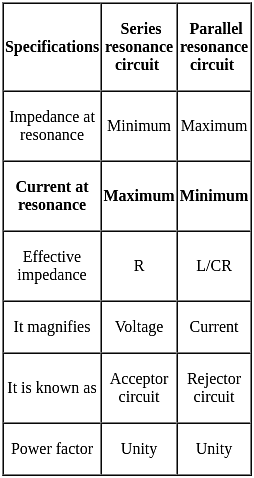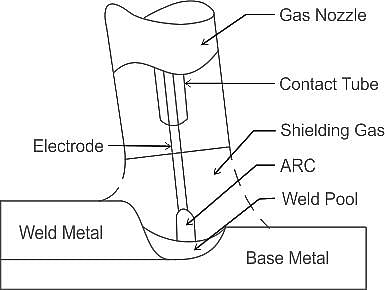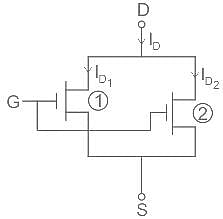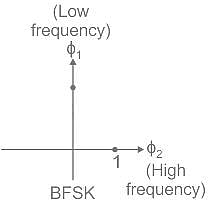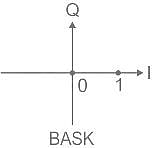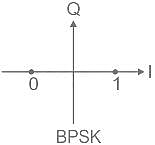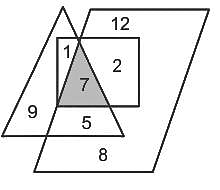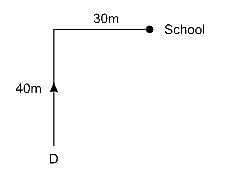MPPGCL JE Electronics Mock Test - 7 - Electronics and Communication Engineering (ECE) MCQ
30 Questions MCQ Test MPPGCL JE Electronics Mock Test Series 2025 - MPPGCL JE Electronics Mock Test - 7
In an FM system, 10.8 MHz carrier is modulated by signal with bandwidth 5 kHz. The signal is passed through non-linear function with y(t) = [x(t)]3, the output carrier frequency may be
The frequency deviation in phase modulated carrier is proportional to
| 1 Crore+ students have signed up on EduRev. Have you? Download the App |
Consider the analog signal x(t) = 3 cos 100 πt. If the signal is sampled at 200 Hz, the discrete time signal obtained will be
If the following counter is initially at 0000 state then after 6th clock ABCD will be -

Built-in potential V0 of a junction depends on:
_______ register in a PC holds the address of the location to be accessed.
A telephone line of bandwidth of 4 kHz. What data rate is supported for full roll-off?
Which of the following is used as a receiver for fiber optic communication?
Directions: The question consists of two statements, one labeled as ‘Statement (I)’ and the other labeled as ‘Statement (II)’. You are to examine these two statements carefully and select the answers to these items using the codes given below:
Statement (I): Electric field and equipotential surfaces are parallel to each other.
Statement (II): Electric field and constant voltage surfaces are orthogonal to each other.
Which of the following regarding TCP/IP and ISO-OSI model is/are incorrect?
What is the minimum sampling rate required to avoid aliasing for the signal 
The Off-push button is connected as ___________ of the motor starter that controls the wiring.
What type of operation is generally used in GMAW?
Two indentical FETs each characterized by the parameters gm and rd are connected in parallel. The composite FET is then characterized by the parameters.
In a ASK system, the amplitude of the carrier signal is 10V and the binary to be transmitted is {1, 0, 1, 1, 1, 1, 0, 0, …}. The amplitude of the output will be:
Find the number which is common to all three figures.
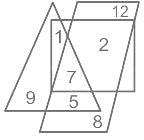
Direction: Read the given instructions carefully and answer the questions given beside.
In which direction is D’s home from the school?
I. D moved a distance of 40m towards north. From there he turns to the right and walked for 30m and reached school.
II. D is facing south. He turns right and walk for 100m. After that he turned to the left walk for 50m and reach home.
Which UN day is celebrated on October 24th to mark the anniversary of the United Nations' establishment?
About how many ministers are there in the Cabinet?
Information and communication technology is associated with










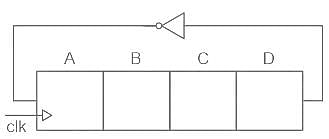
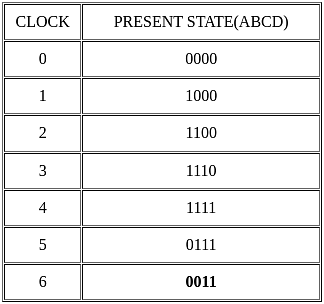








 ---(1)
---(1) ---(2)
---(2)


















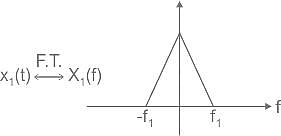
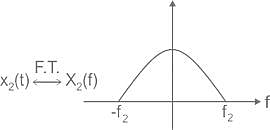
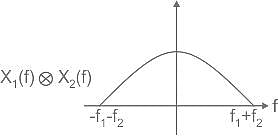

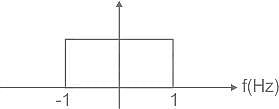
 whose Fourier Transform is the convolution of the Individual Transforms.
whose Fourier Transform is the convolution of the Individual Transforms.